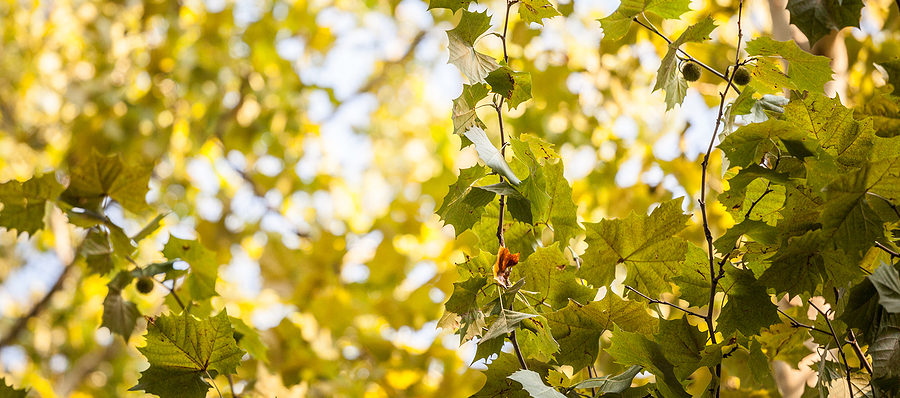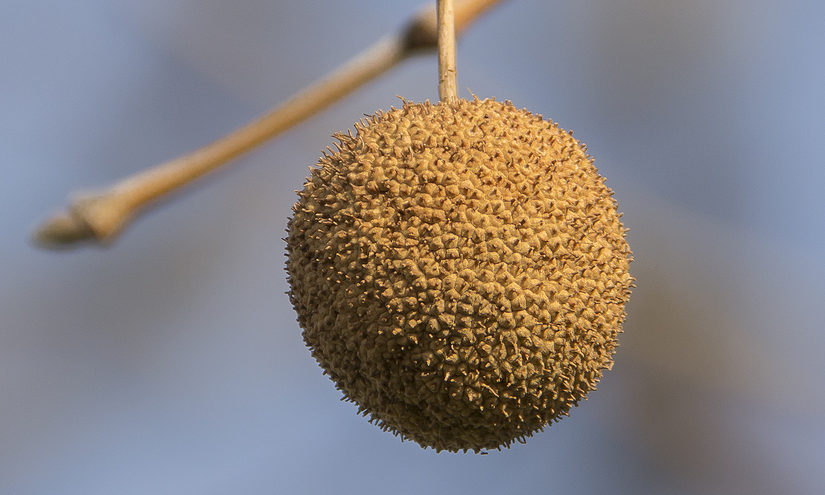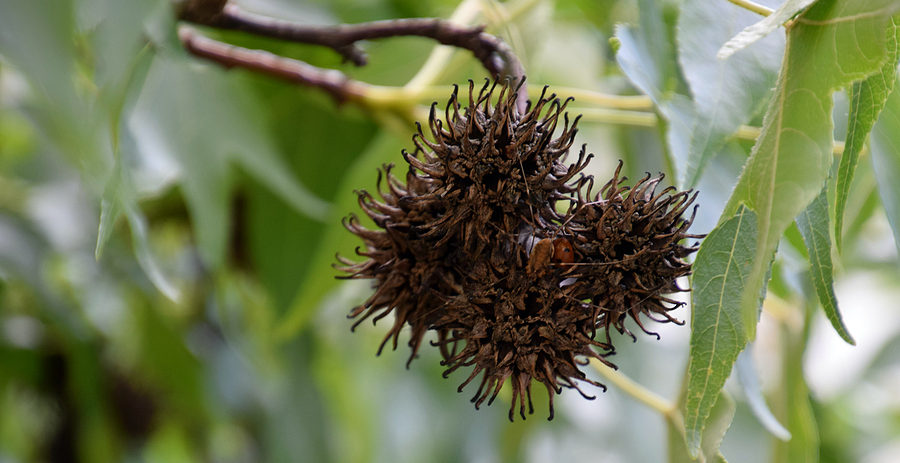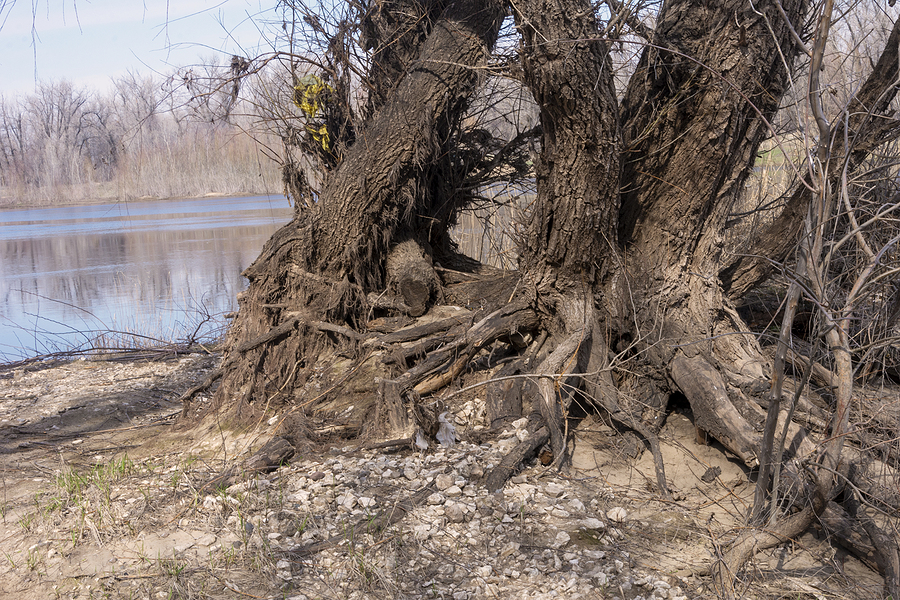Taking good care of your landscaping trees is a top priority for any proud homeowner. When it comes to tree care, the key is routine. It is important to stay current on all of your tree care services per season, including tree trimming, pruning, fertilizing, and even transplanting when needed. For commercial properties, if you need lot clearing and underbrush clearing services, it’s important to get those done before the winter season comes, and the ground is frozen and more difficult to work with.
Regardless of your tree care needs, a good place to start is to learn which type of trees you have on your property. From there, you can research the specific and unique methods of caring for that particular tree species in accordance with industry best practices. Two particular tree species that tend to cause many Hoosiers confusion here in Indiana are American Sycamore trees and Sweetgum trees. Because they have similar fruits and branching systems, they are often mistaken for one another.
American Sycamore trees and Sweetgum trees are two very popular and prevalent tree species here in Indiana. For this reason, it is very likely that your property has at least one of the two. Continue reading to learn the differences between a Sycamore tree and Sweetgum tree, and be on your way to better tree care practices.

The American Sycamore Tree (Platanus occidentalis)
The American Sycamore tree is a common species in the Midwest. In fact, it is one of the tallest growing trees in our region, achieving heights as high as 75 feet. It goes by other monikers, including the American planetree, button ball tree, and buttonwood. One of the most distinguishing features of the American Sycamore tree is the culprit behind the confusion between them and sweetgum trees. You see, American Sycamore trees bear round, button-like fruit that looks similar to a Christmas tree ornament. Each ball is a cluster of seeds, appearing rough on the surface, which begin to bloom in late summer, when temperatures are high and steady. They are unique in that the fruit remains attached to the tree through the winter season, rather than dropping in the fall like similar deciduous trees. When spring arrives, the cluster of seeds will break apart and fall to the ground. Check out the picture below and notice the round shape of the Sycamore tree fruit.

The Sweetgum Tree (Liquidambar styraciflua)
Sweetgum trees can be found all over the United States, in the South, Midwest, and Eastern parts of the country. Their star-shaped leaves are one of their most distinguishing features, which turn vibrant shades of red and orange in the fall. However, another prominent and distinguishing feature of the Sweetgum tree happens to be their fruit. Similar to the American Sycamore, Sweetgum trees bear a round-shaped fruit. But the difference is, the Sweetgum fruit is round with a spiny, spiky surface, appearing to have thorns or spikes protruding from all around them. They are not rough and round like the American Sycamore tree. Instead, they are round and spiky. Take a look at the picture below to see how the spiky appearance of the Sweetgum tree fruit compares to the American Sycamore.

Professional Indianapolis Tree Removal for Sycamore and Sweetgum Trees
Call Complete Tree Care at 317-783-2518 for experienced tree removal service in Indianapolis and throughout Central Indiana. We offer a wide range of residential and commercial tree services for all tree species, including Sycamore and Sweetgum tree. Our tree care technicians also provide tree trimming, stump grinding, stump removal, lot clearing, and more. If you want professional and efficient tree service you can trust, Complete Tree Care is the right call!


